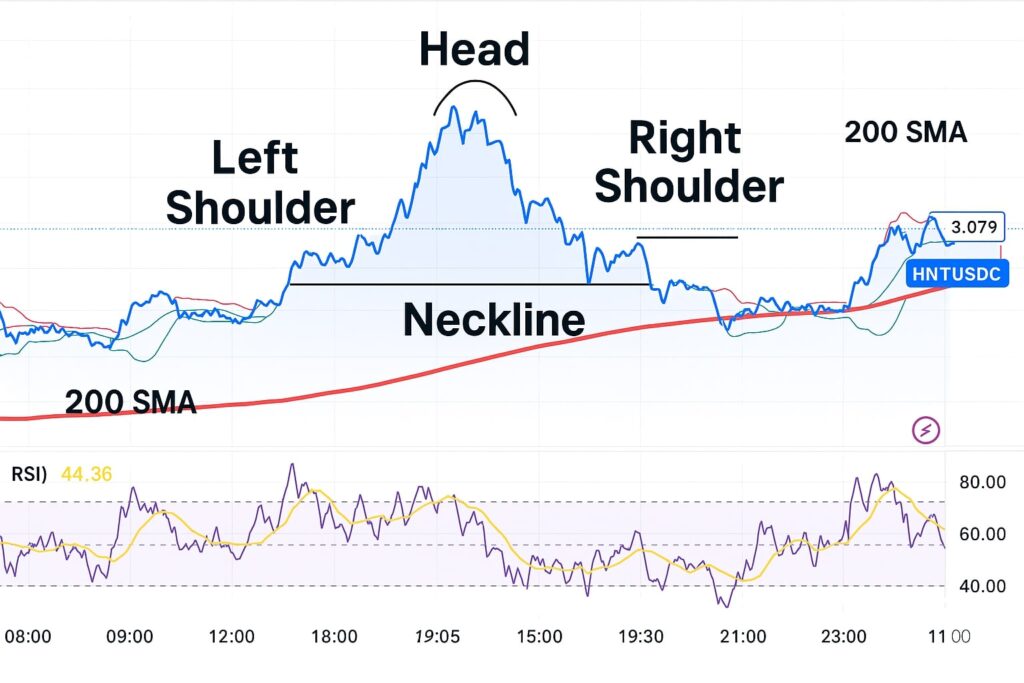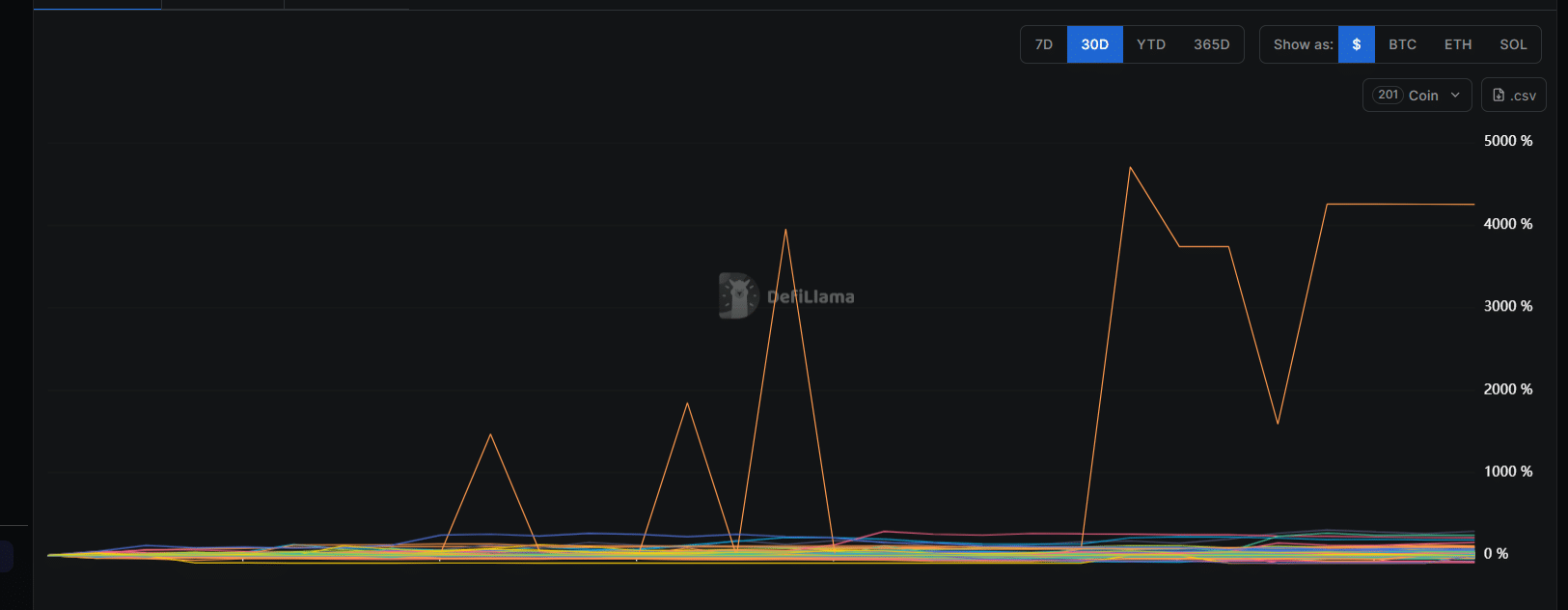Helium Crypto on the Brink? How Drone-Powered Decentralized Telecom Might Bury This DePIN Project
Disrupt or die—that's the law of crypto's jungle. And right now, Helium's decentralized telecom network faces an existential threat from an unlikely predator: drone-based competitors.
Sky-high disruption incoming
While Helium's IoT-focused DePIN model once seemed revolutionary, agile startups are now bypassing ground infrastructure entirely. Why deploy hotspots when autonomous drones can dynamically blanket areas with coverage—then relocate as demand shifts?
The numbers don't lie
Helium's HNT token has bled 62% against BTC year-to-date. Meanwhile, drone network prototypes are demonstrating 8x faster deployment times in field tests. Traditional telecom giants are already hedging bets with strategic investments in both approaches.
DePIN's make-or-break moment
This isn't just about technology—it's about tokenomics. Helium's reward structure depends on static hardware deployment. Drone networks? They're building incentive models around airborne liquidity providers. Guess which approach VCs are drooling over this quarter.
One crypto analyst's take: "When your 'decentralized' project gets outmaneuvered by literal flying money printers, maybe it's time to check your whitepaper's expiration date."
 (HNTUSDT)
(HNTUSDT)
Is Helium Crypto Dead? The Next Big Thing in DePIN
With a wingspan of 56 meters, the hydrogen-powered World Mobile Stratospheric drones are built to stay in the air for nine days between refuels.
Stratospheric altitudes provide calm air and stable conditions, yet the technical demands are high.
Say hello to the future of telecoms!
World Mobile Stratospheric has just launched![]() https://t.co/iNgWl6nu2I pic.twitter.com/dYkJJsUfgp
https://t.co/iNgWl6nu2I pic.twitter.com/dYkJJsUfgp
— Clover Nodes (@CloverNodes) August 8, 2025
The market for sky-based communications is projected to hit $159 billion by 2030, with World Mobile aiming to carve out a share from the current $98.3 billion sector. But competition is fierce.
Elon Musk’s Starlink dominates satellite internet for remote regions, while Helium Mobile offers a decentralized wireless alternative through a mix of community-run nodes and partnerships with carriers like AT&T.
According to World Mobile officials, the model is better suited for dense mobile user areas, unlike Starlink, which requires dedicated hardware for remote deployments.
Helium Price Technical Analysis

(Source)
DeFi Llama’s figures show that capital is still moving into DePIN projects this year, with infrastructure tokens delivering stronger returns than last quarter’s broader market.
Meanwhile, Helium’s recent rally has stalled, with the price struggling to hold key support.
- Support: $3.06–$3.07 (200 SMA) is the critical short-term floor. Below that, $3.02 comes into play.
- Resistance: $3.12 immediate cap; heavier selling expected near $3.15.
- Trend: Golden Cross formed on the 20 SMA vs. 200 SMA, but momentum is cooling.
- Pattern Risk: A head-and-shoulders formation could trigger if $3.06 breaks on volume.
Helium crypto has fallen off the DePIN scene for a few years, and projects like World Mobile Stratospheric are set to eclipse it this cycle. We’ll keep tabs if WMTX can outperferom in Q4.
Key Takeaways
- World Mobile and Indonesian telecom giant Protelindo is taking 5G to the skies and it looks as though this could be the Helium crypto killer.
- The market for sky-based communications is projected to hit $159 billion by 2030, with World Mobile aiming to carve out a share from the current $98.3 billion sector.

